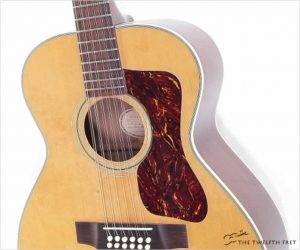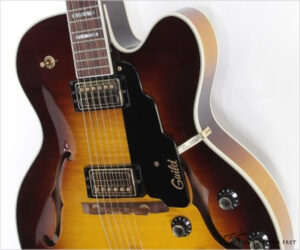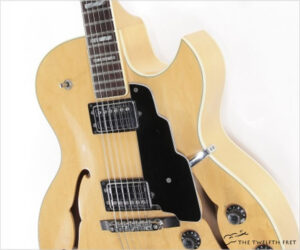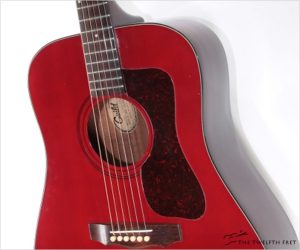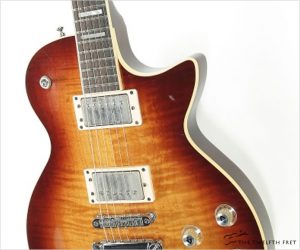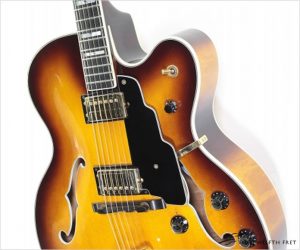Built from 1964 to 1982, the Guild F212 came with a Natural Top (NT) and was based around a 16 inch wide Jumbo body of Spruce and Mahogany. Here we’re looking at a Guild F212 NT built during 1970 in Westerly, Rhode Island. This model is built with a Sitka Spruce top, Tropical Mahogany for the sides, back, body blocks and neck, and Indian Rosewood for the fingerboard and bridge. This guitar is in good working condition and has had a number of repairs over the years.
This instrument has sold
MORE →